Mycelium - the secret Wood Wide Web
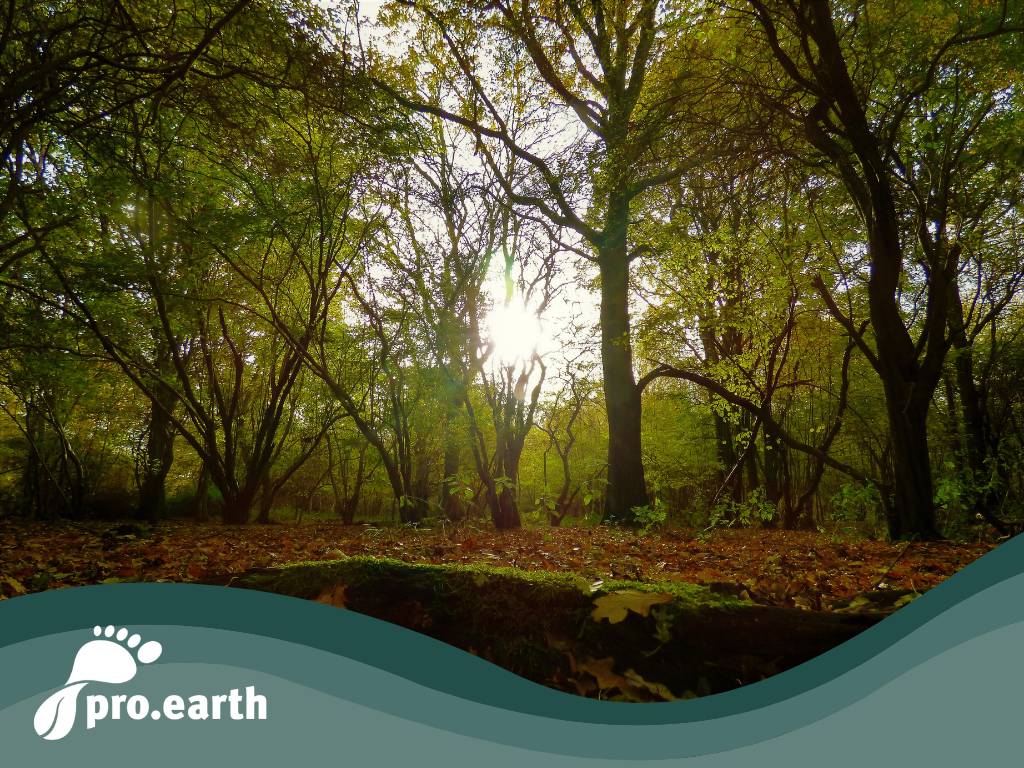
Trees and fungi communicate and cooperate with each other via the fungal network invisible to the human eye that runs through the entire forest floor - the mycelium. The trees use this "Wood Wide Web" to exchange information, warn each other of dangers and help each other with nutrients and water.
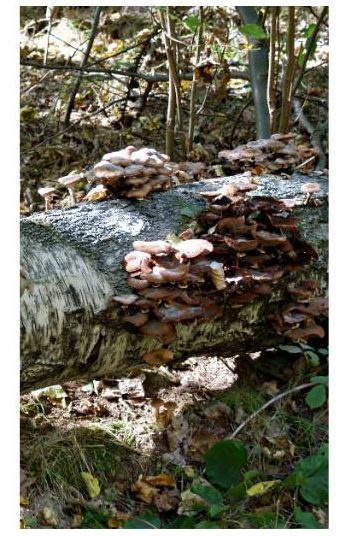 The term Wood Wide Web first appeared in a Study by the biologist Thorunn Helgason in 1998 in the journal Nature, where he describes how mycorrhizal fungi can connect plants to form a functional "forest-wide network".
The term Wood Wide Web first appeared in a Study by the biologist Thorunn Helgason in 1998 in the journal Nature, where he describes how mycorrhizal fungi can connect plants to form a functional "forest-wide network".
Did you know that the largest organism in the world is a fungus? It is that of a hallimash mushroom in Oregon, USA. It covers an area of nine square kilometers, weighs 400 tons and is 8500 years old.
What can the Wood Wide Web do?
Canadian forestry scientist Suzanne Simard from the University of British Columbia was the first researcher to prove this fact using radioactive carbon. She was able to visualize that trees exchange nutrients and information across the forest through the roots and threads of mycorrhizal fungi. Simard realized that even trees of different species communicate with each other and also share nutrients, regardless of their species. For example, a maple tree supplies a fir tree.
"Through the wood-wide web, a large tree feeds the seedling growing in its shade, for example, and a high-performing plant species supports another low-performing species nearby," says François Buscot, head of the Department of Soil Ecology at the Helmholtz Center for Environmental Research, who has been conducting research with fungi and mycorrhiza for years.
Simard was also able to observe in various experiments that a particularly large number of mushroom alliances form between mother trees and their offspring. However, there is no evidence of a deliberate "supply" by the mother tree. The young trees dock onto the underground network, and genetically related young trees are particularly successful in linking up with the old tree.
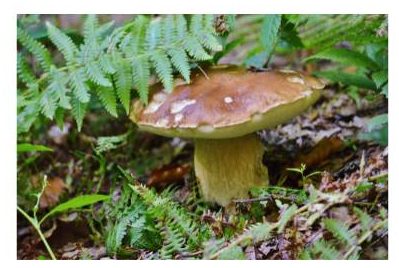 "In the root tips surrounded by fungal hyphae that were examined, it was not possible to clearly distinguish whether the carbon was still part of the fungus or already part of the root," summarizes Christina Kaiser, who also warns against anthropomorphizing the trees. "However, the fact that the carbon could theoretically get into foreign roots triggered the debate as to whether seedlings are supplied in this way." Christina Kaiser, who researches mycorrhizal fungi at the Department of Microbiology and Ecosystem Research at the University of Vienna, is critical of the fact that this has not yet been clearly scientifically proven.
"In the root tips surrounded by fungal hyphae that were examined, it was not possible to clearly distinguish whether the carbon was still part of the fungus or already part of the root," summarizes Christina Kaiser, who also warns against anthropomorphizing the trees. "However, the fact that the carbon could theoretically get into foreign roots triggered the debate as to whether seedlings are supplied in this way." Christina Kaiser, who researches mycorrhizal fungi at the Department of Microbiology and Ecosystem Research at the University of Vienna, is critical of the fact that this has not yet been clearly scientifically proven.
How exactly does it work?
"This brain-like command center of the root tips is very sensitive to environmental influences - and can recognize stimuli through neuronal molecules and receptors as well as through synapses," says cell biologist Frantisek Baluska from the University of Bonn, who has been researching the roots of trees and plants for a long time.
"The huge networks into which the root systems of the trees are integrated by the fungi not only enable the exchange of water and minerals, but also the transmission of such chemical and electrical signals. We don't yet know exactly how this process is possible, but we do know that the roots are able to recognize and distinguish between themselves and others."
In near-natural forests
The light and water supply within a forest area is very different for the individual trees and so they help each other and can therefore compensate for deficits well. This works particularly well in a species-rich forest with a differentiated age structure. There, the focus is on cooperation. In near-natural forests,mycelia not only contribute to building and maintaining a healthy humus layer, but are also a significant carbon sink and important for climate protection.
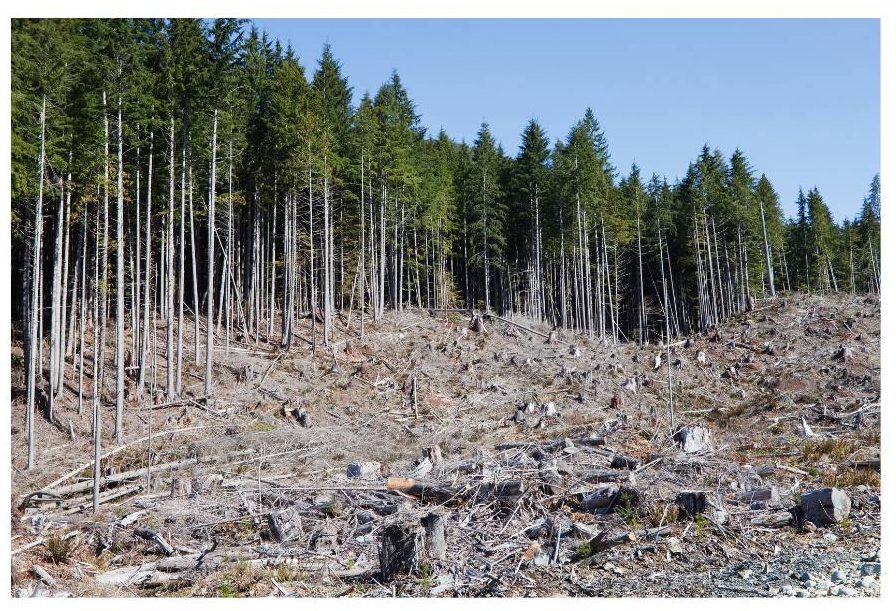 In so-called tree plantations, or monocultures, the trees are in much greater competition with each other, and the soil and the fungal network are severely affected by clear-cutting and other human interventions. This reduces the trees' ability to survive as a system, especially in times of bark beetle plagues or severe drought, and also greatly reduces the soil's water storage capacity and ability to build up humus.
In so-called tree plantations, or monocultures, the trees are in much greater competition with each other, and the soil and the fungal network are severely affected by clear-cutting and other human interventions. This reduces the trees' ability to survive as a system, especially in times of bark beetle plagues or severe drought, and also greatly reduces the soil's water storage capacity and ability to build up humus.
Can trees think and feel?
"You have to be careful with analogies between the sensitivity of humans and that of other organisms," says Buscot. "Even if humans are capable of developing feelings towards forests and trees, which can even be measured, it doesn't mean that trees can do the same." And it is also important to distinguish between popular scientific attributions and scientifically proven facts.
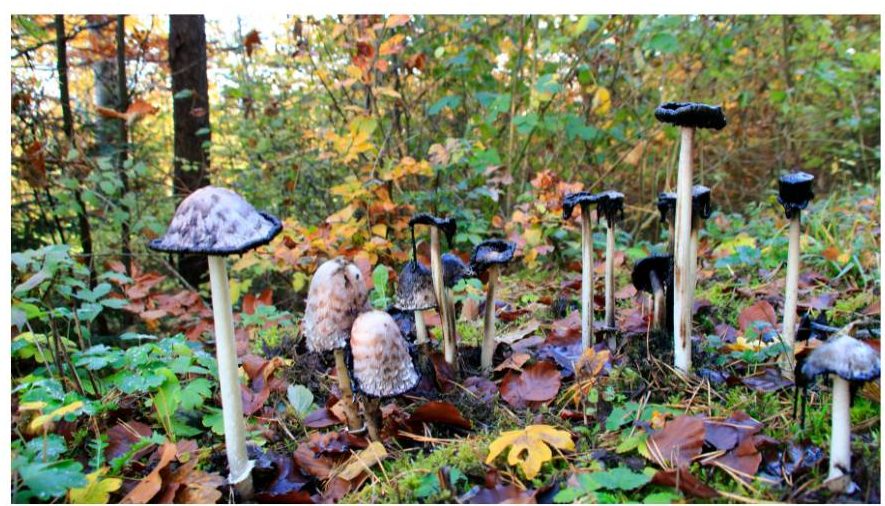 "In the still relatively young research field of plant neurobiology, scientists are actually studying plant synapses and plant intelligence. However, the conclusions drawn from this are sometimes very controversial in the scientific community. Even some plant researchers speak of a kind of plant consciousness," writes Quarks magazine.
"In the still relatively young research field of plant neurobiology, scientists are actually studying plant synapses and plant intelligence. However, the conclusions drawn from this are sometimes very controversial in the scientific community. Even some plant researchers speak of a kind of plant consciousness," writes Quarks magazine.
The popular forester and author Peter Wohlleben describes in his book "The Secret Life of Trees" that trees do have feelings and a memory and that they look after each other.
"The enormous complexity of forest ecosystems makes it very difficult to gain clear insights. It will be a long time before we really understand the forest in all its facets," summarizes researcher Christina Kaiser.
Our pro.earth.conclusion: During the research for our article, we noticed that the findings of the individual researchers differ greatly. Christina Kaiser, for example, is still looking for solid evidence, while other researchers are already certain that the processes of the World Wide Wood are not yet understood in detail by us humans.
From our point of view, however, the mere fact that trees and plants communicate and interact with each other is very fascinating. The positive influence of forests on us humans has been proven and it is one of the most important tasks to protect these ecosystems. In Central Europe in particular (but not only), however, they have come under severe pressure and we are in the middle of a process of restructuring our forests.
https://news.pro.earth/2023/03/03/das-il-legale-geschaeft-mit-holz-boomt/






